Do you have a question about the Hitachi RAS-25YHA2 and is the answer not in the manual?
Essential safety measures and warnings to follow during the installation process of the air conditioner unit.
Crucial safety precautions to observe when moving, maintaining, or operating the unit to prevent accidents.
Details the various components and functions of the indoor unit of the air conditioner.
Identifies and explains the parts and functions of the outdoor unit of the air conditioner.
Explains the meaning of indicator lamps and the function of the temporary operation switch on the indoor unit.
Describes how to operate the remote control and the function of each button for controlling the air conditioner.
Details how the automatic operation mode selects heating or cooling based on room temperature.
Describes the defrosting process that occurs during heating operation to remove frost from the outdoor unit.
Explains how the dehumidifying function operates and its behavior in relation to room temperature.
Explains the automatic adjustment of fan speed during cooling and heating operations.
Step-by-step instructions for programming the off-timer, on-timer, and combined on/off timer functions.
Guide on setting the sleep timer, its effect on other timers, and how to cancel reservations.
Instructions on how to adjust the horizontal and vertical air deflectors for optimal air direction.
Step-by-step guide for safely replacing batteries in the remote controller.
Detailed steps for cleaning the air filter to maintain unit performance and save energy.
Information on heating, cooling, and dehumidifying capabilities, and notes on functional aspects.
Explanations on fan speed variations, protective circuits, and operation lamp behavior.
Checklist for regular inspections and common issues to verify before contacting service.
Guidance on obtaining after-sales service and understanding warranty support for the unit.
Explains normal operating sounds and mist emission, and how to reduce odors.
Steps for contacting technical support when the unit fails to operate normally, including necessary information.
Essential safety measures and warnings to follow during the installation process of the air conditioner unit.
Crucial safety precautions to observe when moving, maintaining, or operating the unit to prevent accidents.
Details the various components and functions of the indoor unit of the air conditioner.
Identifies and explains the parts and functions of the outdoor unit of the air conditioner.
Explains the meaning of indicator lamps and the function of the temporary operation switch on the indoor unit.
Describes how to operate the remote control and the function of each button for controlling the air conditioner.
Details how the automatic operation mode selects heating or cooling based on room temperature.
Describes the defrosting process that occurs during heating operation to remove frost from the outdoor unit.
Explains how the dehumidifying function operates and its behavior in relation to room temperature.
Explains the automatic adjustment of fan speed during cooling and heating operations.
Step-by-step instructions for programming the off-timer, on-timer, and combined on/off timer functions.
Guide on setting the sleep timer, its effect on other timers, and how to cancel reservations.
Instructions on how to adjust the horizontal and vertical air deflectors for optimal air direction.
Step-by-step guide for safely replacing batteries in the remote controller.
Detailed steps for cleaning the air filter to maintain unit performance and save energy.
Information on heating, cooling, and dehumidifying capabilities, and notes on functional aspects.
Explanations on fan speed variations, protective circuits, and operation lamp behavior.
Checklist for regular inspections and common issues to verify before contacting service.
Guidance on obtaining after-sales service and understanding warranty support for the unit.
Explains normal operating sounds and mist emission, and how to reduce odors.
Steps for contacting technical support when the unit fails to operate normally, including necessary information.
| Category | Air Conditioner |
|---|---|
| Type | Split System |
| Cooling Capacity | 2.5 kW |
| Heating Capacity | 3.2 kW |
| Refrigerant | R410A |
| Power Supply | 220-240V, 50Hz |
| Indoor Unit Weight | 9 kg |
| Outdoor Unit Weight | 25 kg |
| Noise Level (Outdoor Unit) | 50 dB(A) |
| Outdoor Unit Dimensions (WxHxD) | 240 mm |
| Energy Efficiency Ratio (EER) | 3.50 |
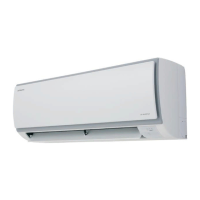
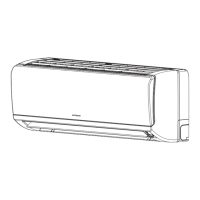

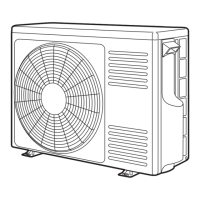
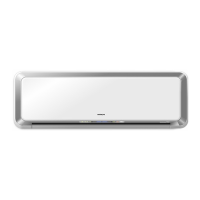
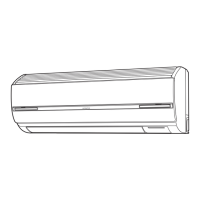


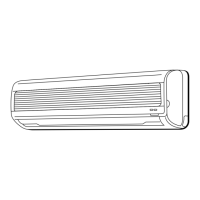
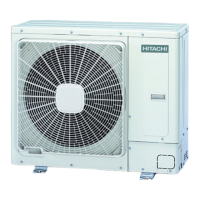


